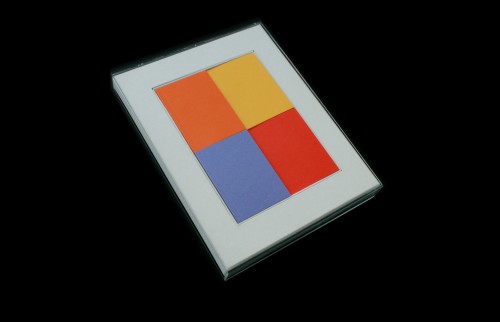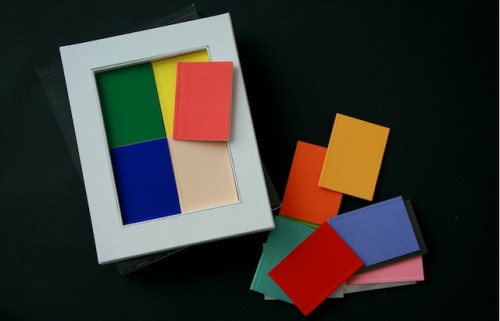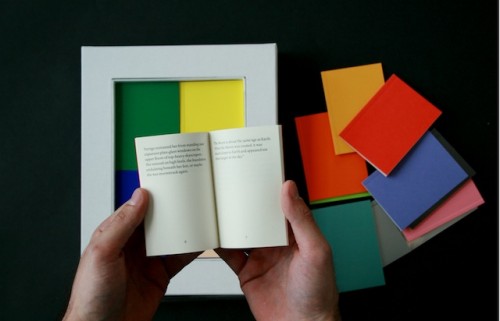Theater didn’t become something else when film came along (notwithstanding its use in, say, Piscator in the 20s or the Wooster Group in the 90s), so I’m not sure why we expect the book to change now, or then, or in any of the previous thens when we’ve announced the book must inevitably change in the face of X new sexy technology. When film technology arose, theater was a kind of scaffolding, or armature, upon which people could test out the possibilities of what film technology afforded. As the form matures, the scaffolding comes down. (Theater is also part of the scaffolding of role-playing games too, and therefore of MMPORGs, but we don’t claim Dungeons and Dragons is the harbinger of change for theater)
Computers and the network and mobile and 3D printing etc are all various technologies that we’ll use to make money and to make personal or cultural expression, and we’ll use various armatures too, like books and also movies and newspapers, to make new things. And then those scaffoldings come down.
If I were to use the metaphor catalyst, I might be making my point clearer. The book will enable the bringing into being of other forms, without it itself needing to change. That form may draw to a greater or lesser degree on the exact affordances of book, but to the extent that is less a book, that doesn’t mean that the book has changed more. Bookness is not a zero sum game. Some forms will have more book DNA in them than others, of course, and we can and will debate that, since that, clearly is what we humans like to do.
So you’ll see I get a bit mystified that we insist the book is changing, when what is happening mostly is that new things are growing, inspired by the things we have now. Perhaps the reason is that we’ve had the book longer than anything else, and so it has been used as a catalyst for so many things, for film, for TV, for computers (library), for the internet (browse, page)?
I’ve always felt we take the book too much for granted, and perhaps one of the ways in which we do that is by always anticipating its becoming-something-elseness, rather than enjoying its useful stability-as-metaphor-to-enable-other-thingsness.


